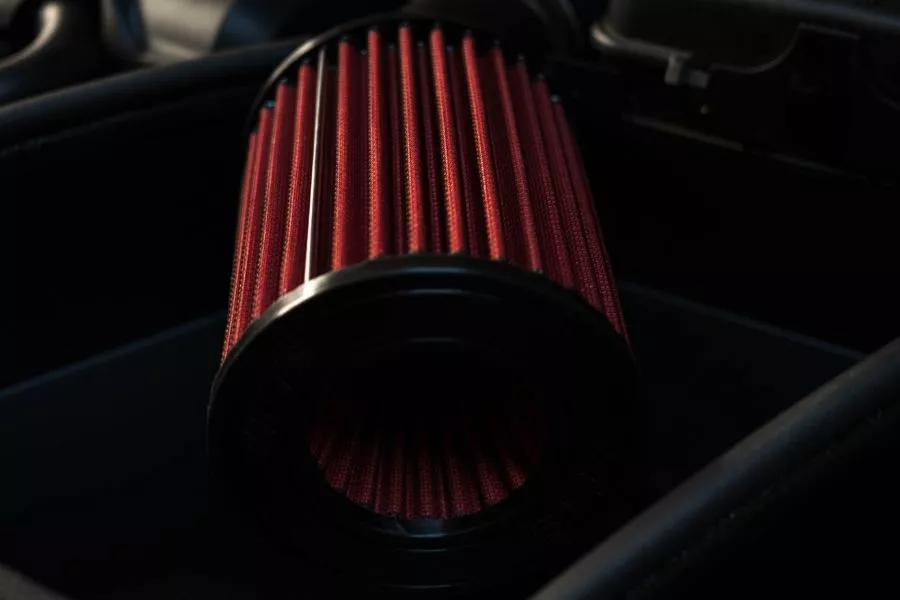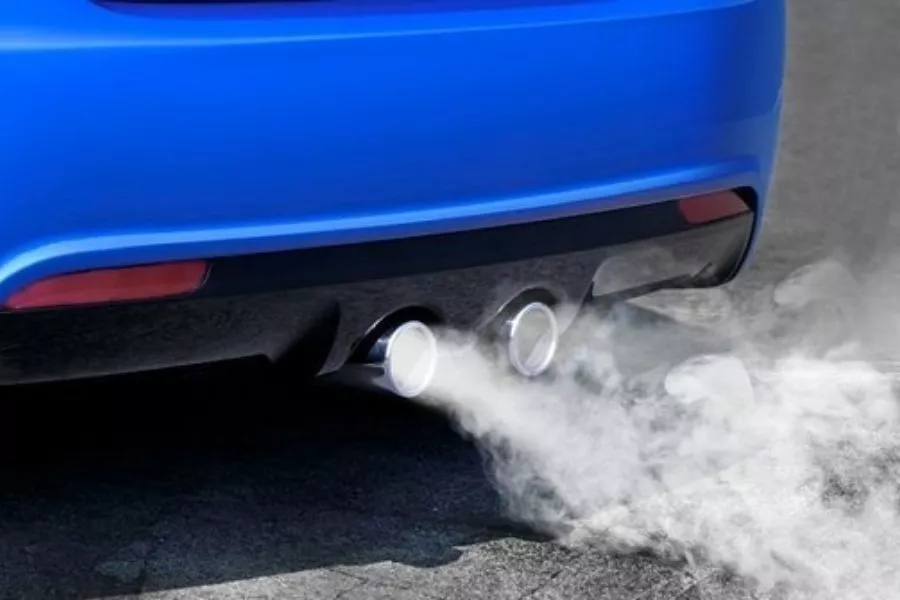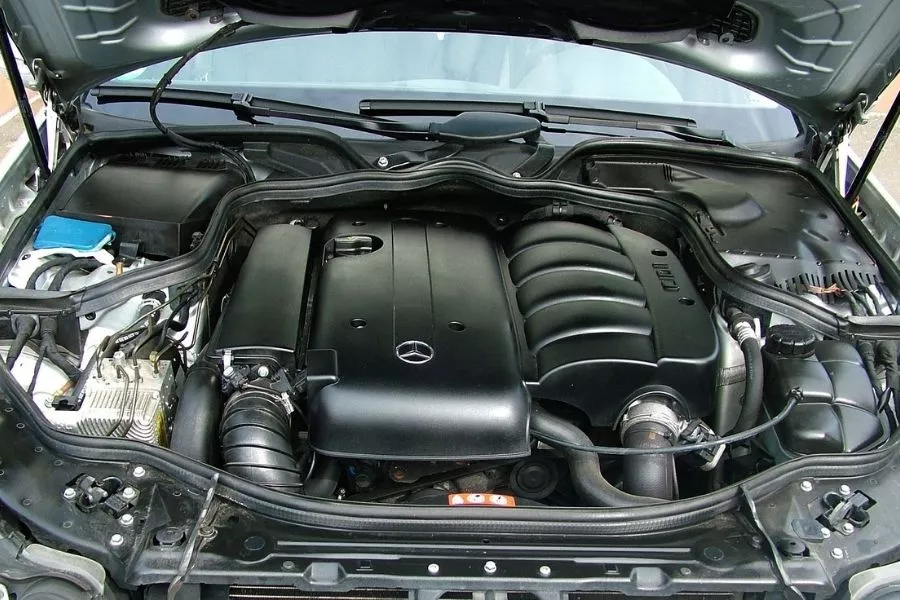What is an intake manifold?
Definition
An intake manifold is an integral part of providing power to the engine as it distributes the airflow accordingly. Since an intake manifold doesn’t take hot gasses from the engine, some manufacturers decide to use plastic to make intake manifolds. There are still manufacturers who use aluminum or cast iron for a more rigid and performance-oriented intake manifold.
Components
1. Intake Manifold Plenum
The intake manifold plenum serves similarly to a gas tank. This component holds air accumulated from the atmosphere through the throttle body which is later pumped to the engine. The main function of an intake manifold plenum is to evenly distribute air before it passes to the runners.
The larger the plenum, the more air you can pump to your engine. This means that performance intake manifolds come with a larger plenum to add a boost to the overall power output of their car. However, larger plenums usually perform poorly in low RPM applications which can be bad for daily driver vehicles.
![An intake manifold distributes air to the combustion chamber evenly [Photo: carparts] what is a manifold intake](https://img.philkotse.com/temp/2024/07/27/intake-manifold-2-4f40-08eb.webp)
An intake manifold distributes air to the combustion chamber evenly [Photo: carparts]
2. Intake Manifold Runner
After the air is distributed from the plenum, it goes to the runners. An intake manifold runner takes up a shape of a pipe which enriches airflow. At the end of an intake manifold runner, there is where the fuel is injected from the fuel rail. The fuel/air mixture is now sent to the cylinder heads for combustion.
The width and the length of the intake manifold runner are key in determining the power of a vehicle. Longer runners affect the performance poorly in low RPM runs, while short runners help increase the peak torque RPM. A good intake manifold should increase your car’s power output by up to 15 horsepower.
What does an intake manifold do?
The main function of an intake manifold is to distribute air evenly to the intake ports where the fuel is mixed with air. Without a working intake manifold, there will be an insufficient amount of air that goes to your cylinder which disrupts the ideal fuel/air mixture.

An air filter is the first stage in pumping air to the intake manifold
An intake manifold comes with a throttle body which limits the amount of air coming to your engine depending on the application of your gas pedal. An intake manifold also comes with an idle air control valve which bypasses air when the throttle body is closed so the engine can run even at idle RPM.
How does an intake manifold work?
The first step is to take air from the atmosphere through various methods depending on the engine configuration. If your car is turbocharged, then it forces air into the intake manifold through a spooling fan. But if your car is naturally aspirated, it forces air into the system through the difference in atmospheric pressure only without relying on forced induction.
![This intake manifold has long runners [Photo: cjponyparts] An intake manifold with long runners](https://img.philkotse.com/temp/2024/07/27/intake-manifold-1-90f4-424c.webp)
This intake manifold has long runners [Photo: cjponyparts]
Once the air has entered into the intake manifold, the plenum will disperse the air evenly to each of the runners. When the intake valves are closed, the dispersed air will return to the intake manifold plenum and will go back to the runners once the intake valves are opened.
The intake manifold also comes with sensors to help your car’s engine control unit (ECU) determine the right amount of fuel it should inject depending on the air pressure and temperature. The amount of air that is inducted into the intake manifold can be configured by varying the throttle body response or modifying the intake manifold itself.
What are the common problems with intake manifolds?
Problem #1: Vacuum Leaks
A vacuum leak means that the intake manifold is allowing air to escape usually with a worn-out gasket. A gasket is installed between two metal parts to seal them together tightly. With a vacuum leak, your intake manifold will not supply the right amount of air to your car’s cylinder heads.
As a result, you could experience loss of acceleration and stalling. Your car could still run relatively fine in high RPM runs as it uses a lot of air. However, you will be facing problems when running at low RPM which will disrupt your car’s driving performance.
Problem #2: Coolant Leaks
Another common problem with intake manifolds is when coolant leaks into the system. When coolant is inducted into an intake manifold, it is sent to the cylinder heads alongside the fuel/air mixture which can damage your engine. As a result, you will see white smoke coming out of your car’s exhaust.
Coolants are an integral part of keeping an engine cool for performance efficiency. If leaking coolants are left unattended for a long time, your engine should be replaced. As such, make sure that all your gaskets or seals are closely intact to avoid coolant leaks.

White smoke coming out from your exhaust means you need to inspect your car
How much does it cost to replace an intake manifold?
Before replacing your intake manifold, you should check whether you should just clean it or it can be repaired. This way, you won’t have to spend a hefty amount of cash on replacement costs. Plus, cleaning your intake manifold is a more affordable option and it extends the lifespan of your intake manifold.

Intake manifolds tend to last for a very long time
But if your intake manifold is due for replacement, then you can expect to pay around Php 20,000 to Php 30,000, depending on the model. If you only need to replace your gaskets due to leaking problems, then you could expect to pay around Php 7,000 only for gaskets and valve seals.
>>> Related: List of 10 most trusted auto services centers & repair shops in the Philippines
FAQs about Intake Manifold
Q: Is it bad to drive with a faulty intake manifold?
Yes, driving with a bad intake manifold will cause your engine to overheat or stall.
Q: What are the components of an intake manifold?
An intake manifold is composed of a plenum and runners that help distribute air evenly.
Q: What are intake manifolds made of?
Some manufacturers use aluminum or cast iron for making intake manifolds. Some even use plastic usually for cost-cutting measures.
Q: Does increasing the size of my intake manifold increase power?
Yes, there are performance-oriented intake manifolds built to provide extra power.
Q: How long do intake manifolds last?
Intake manifolds are rarely replaced especially if made from aluminum or iron. Gaskets are usually replaced instead every 65,000 km to 110,000 km.
Here at Philkotse.com, we value your interest in the automotive industry. Visit our website to find out more.
Recent posts
- Cabin vs Engine air filter differences Jul 12, 2021
- cold versus short ram air intake comparison Dec 31, 2020
- Stroker Engine Mechanism Dec 31, 2020
- What does a car engine camshaft do? Jun 09, 2021
- Turbochargers and Superchargers: How are they different? Nov 18, 2022












